
I work full time and only have a few hours on the weekend to indulge in my passion of sewing and quilting. When I head into my sewing studio, I like everything to be organised and tidy so I can hit the ground running and get sewing with minimal issues. I always tidy up the room at the end of a sewing session so everything is organised for the next time I have a few hours free.

One of the most expensive items in your sewing room is your sewing machine. It is important that you regularly clean and maintain it so that it is always running its best. By taking time each month to clean and maintain it, it should run smoothly for many years. I have an assorted of small, soft brushes that I used to clean around the bobbin case and the parts of the machine I can access. I also have a soft cloth that is perfect for wiping the machine. Always put your sewing machine cover on the machine when it is not in use to reduce the amount of dust that settles on the machine. It never ceases to amaze me how much lint and dust can be removed from the machine. Vacumm the floors regularly to collect dust, fibres and bits of cotton.
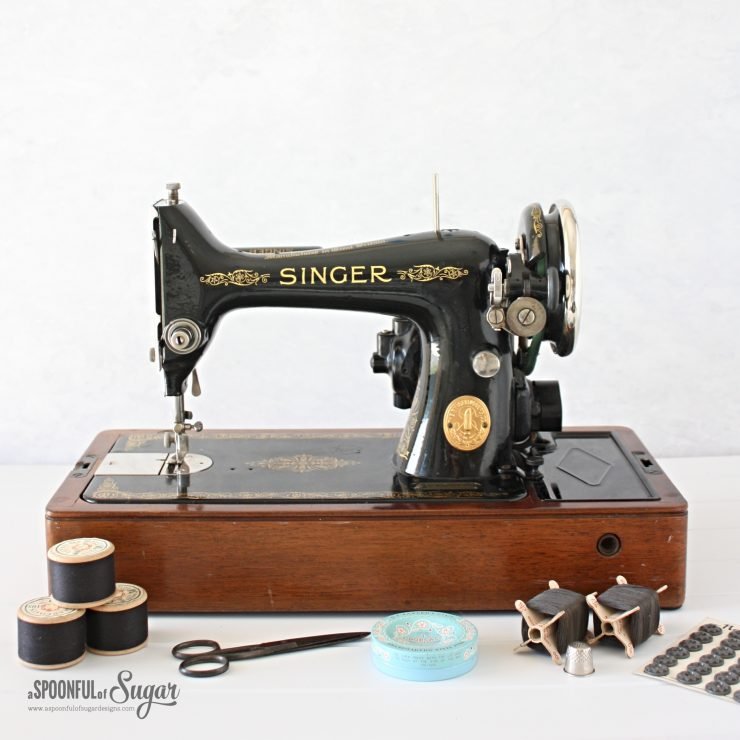
Sewing machine needles need to be changed regularly to keep everything sewing smoothly as they become blunt over time. If you are working on a larger project such as a quilt, you should change at the start of each new project. If you work on smaller projects, you should change if you notice any stitching problems, when you change fabric type, or after a considerable period of time. It can be difficult to remember when you have changed the needle – this is where the Sewing Room Maintenance Checklist comes in handy as it helps your track the frequency needle changes.
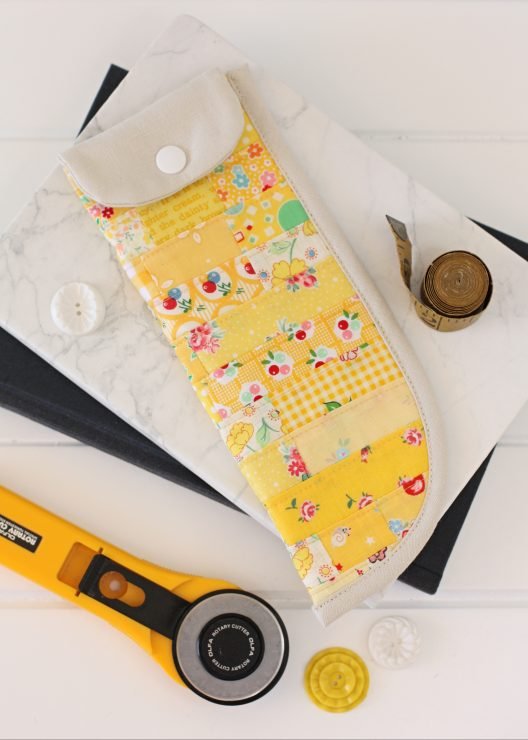
Rotary cutter blades need to be changed regularly so they cut through multiple layers of fabric smoothly. How often you need to change your rotary cutter blades depends on how often you use them. Most professionals recommend changing the blade at least annually, but if you only sew occasionally, then wait until the blade starts to get dull before changing it. Observe for signs of not cutting through all layers or skipping parts of the cut. Use care when changing the blade and always dispose of old blades carefully to avoid injury.
It is also important to check the other hazards in the sewing machine to make sure it is safe and functional. Don’t forget to inspect all electrical plugs and outlets are in good condition and there are no frayed or damaged power cords on your iron, sewing machine, lamps, and other appliances. Check there are no trip hazards or sharps on the floor (magnetic pin bowls are life changing!).
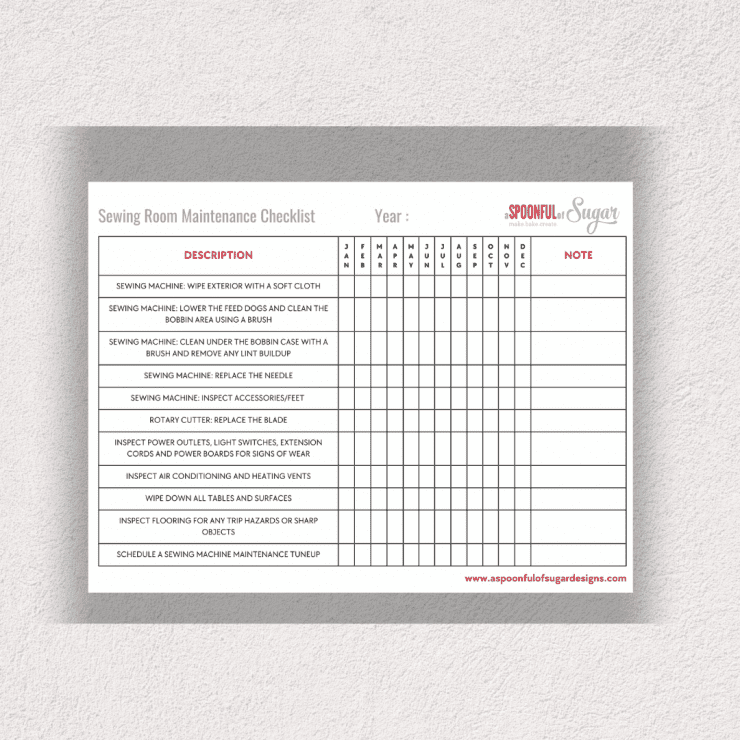
Download the free Sewing Room Maintenance Checklist here and use it to keep track of when you have last inspected and maintained your sewing machine and other items in your sewing room.
Check out more of our top tips for Sewing and Quilting on a budget.
If you have any tips to keep your sewing room/sewing studio running smoothly, please share them in the comments below.



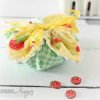



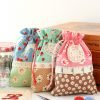
Leave a Reply